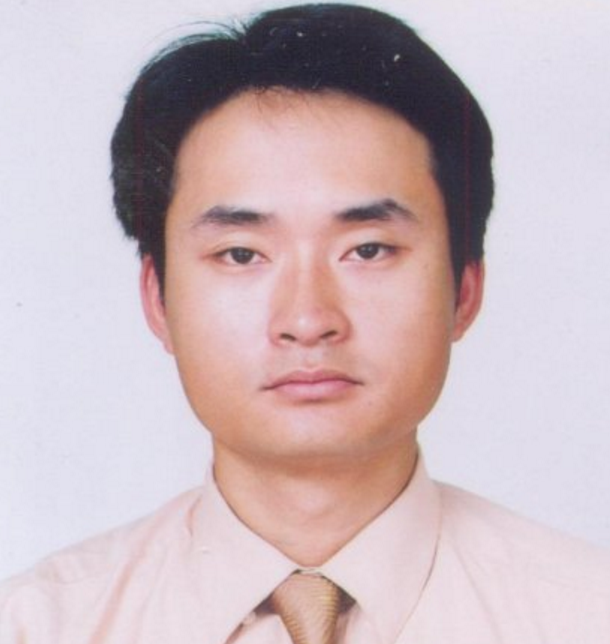New postdoc discusses his research and life
By Taylor Ha
 As a child, Trung Le’s grandfather and parents first introduced him to science. “I am the third generation of professors in my family,” revealed Dr. Le who was born in Vietnam. “That’s why my curiosity began early on about how nature works, and one of my motivations for my research is to find solutions, engineering solutions, that can improve life … extracting the information or knowledge from what I understand about nature,” Dr. Le said.
As a child, Trung Le’s grandfather and parents first introduced him to science. “I am the third generation of professors in my family,” revealed Dr. Le who was born in Vietnam. “That’s why my curiosity began early on about how nature works, and one of my motivations for my research is to find solutions, engineering solutions, that can improve life … extracting the information or knowledge from what I understand about nature,” Dr. Le said.
That curious little boy would grow up and go on to obtain his bachelor’s degree in civil engineering at Vietnam’s Thuy Loi University in 2003, complete his master’s degree at Thailand’s Asian Institute of Technology in 2005, and finally receive his doctoral degree at the University of Minnesota in 2011.
Recently, he joined Stony Brook University’s Institute for Advanced Computational Science (IACS) as a Research Scientist under the supervision of Fotis Sotiropoulos, the Dean of the College of Engineering and Applied Sciences (CEAS). Dr. Le chose to work at Stony Brook partially because of its current researchers. “There are people here who are working on problems similar to what I have been working on, and I hope that my collaboration with them will give new directions to my research,” he said.
Dr. Le’s research involves fluid-structure interactions within biological and environmental engineering. He aims to understand vortex formation processes on fluid-structure interfaces and to apply that knowledge to engineering applications. The techniques he uses to study such problems include developing scalable numerical algorithms that can run on desktop computers as well as on supercomputers. Applications for these algorithms are in areas such as biofluids, environmental flows, medical devices and renewable energy. Much of his research has been conducted at large-scale computing facilities such as St. Anthony Falls Laboratory, the Minnesota Supercomputing Institute for Advanced Computational Research and the Argonne Leadership Computing Facility at Argonne National Laboratory. He is also a team member of the open-sourced Virtual Flow Simulator Code, which is now available on GitHub.
Several notable journals have published Dr. Le’s work, including the Annual Review of Fluid Mechanics, the Journal of Computational Physics and the Journal of Biomechanics. In total he has published 13 journal articles and has an h-index of 9. “When my first paper was published, I felt relief because not only did I have a paper, but it was proof that I completed my training and that other researchers appreciated my work and thought my research was useful and could benefit society.”
Dr. Le’s awards are many: He won the Vietnam Fund for Scientific and Technological Creations (VIFOTEC) and Gallery of Fluid Motion awards; he was selected as a fellow of the Vietnam Education Foundation from 2005 – 2011; and he was endorsed by the United States National Academies for the fellowship. Dr. Le’s national and international awards from the Ministry of Science and Technology in Vietnam and the American Physical Society – Division of Fluid Dynamics are further testament to his academic success.
As a research scientist at Stony Brook, he plans to continue pursuing his academic career and take advantage of any future opportunities that may arise. However, he also plans to regularly return to his native country to help establish research and teaching. “I will continue to do that as much as I can in order to improve the relationship between U.S. and Vietnam by exchanging this scientific knowledge and also promoting the cultural understanding between the two countries.”
But ultimately, Dr. Le has a very special goal. “Everyday I ask myself, if tomorrow is the last day of my life, then today what should I do with the time left?” His answer lies within his career. “My dream is to use computational science to benefit human society.” He is hoping that his life pursuit of using computational tools to simulate natural physical processes to make predictions about what actually happens in nature will help create a new way of using materials to improve society’s quality of life. At IACS, he’s one step closer to reaching his goal.